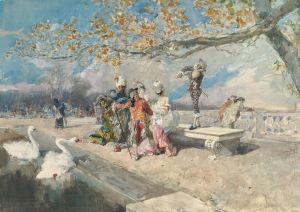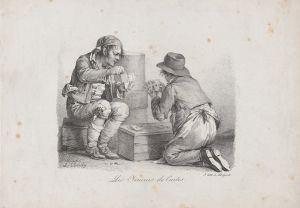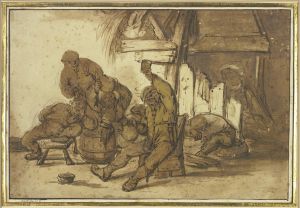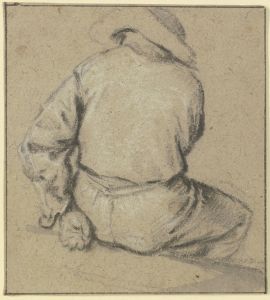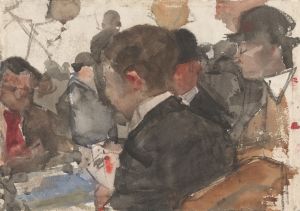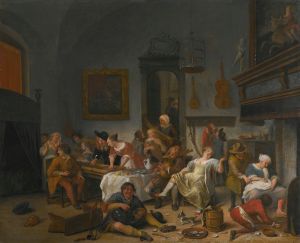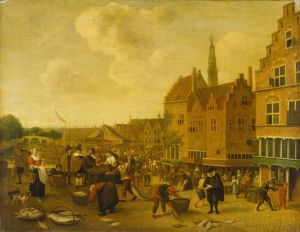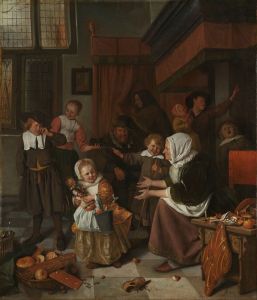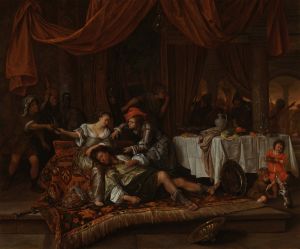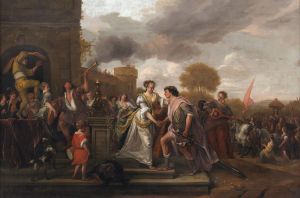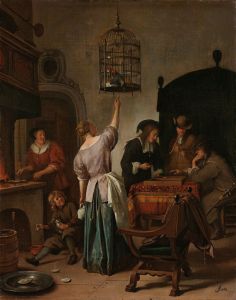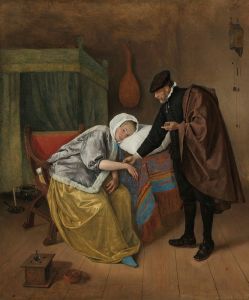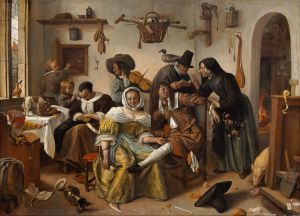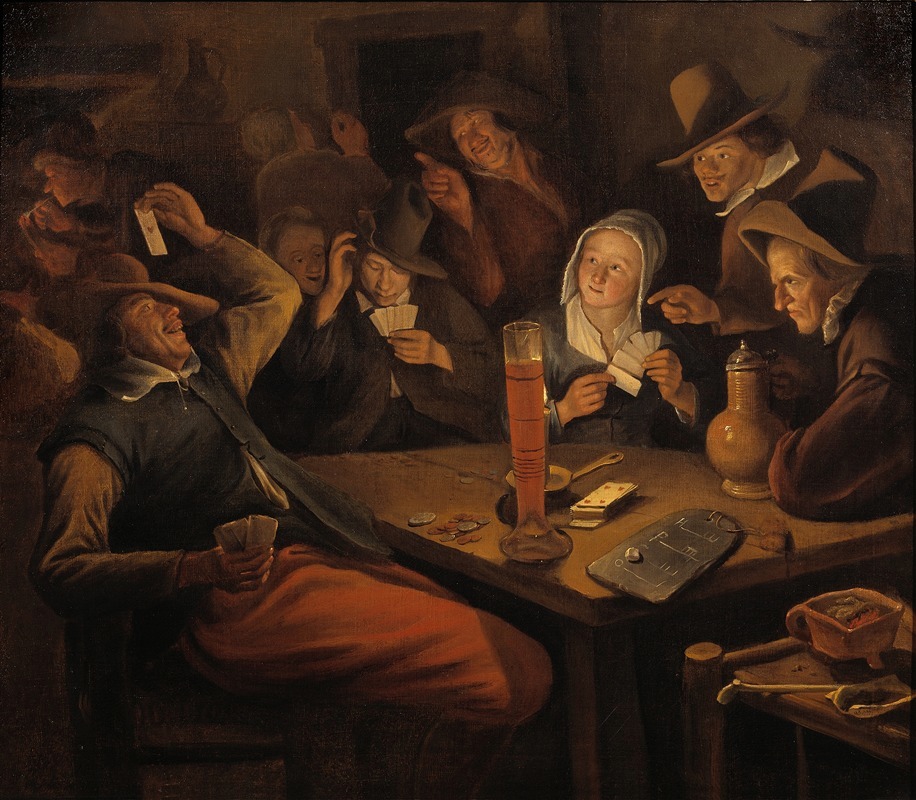
Ace of Hearts
A hand-painted replica of Jan Steen’s masterpiece Ace of Hearts, meticulously crafted by professional artists to capture the true essence of the original. Each piece is created with museum-quality canvas and rare mineral pigments, carefully painted by experienced artists with delicate brushstrokes and rich, layered colors to perfectly recreate the texture of the original artwork. Unlike machine-printed reproductions, this hand-painted version brings the painting to life, infused with the artist’s emotions and skill in every stroke. Whether for personal collection or home decoration, it instantly elevates the artistic atmosphere of any space.
Jan Steen's painting "Ace of Hearts" is a notable work by the Dutch Golden Age painter, who is renowned for his lively and often humorous depictions of 17th-century Dutch life. Steen, born in 1626 in Leiden, was a prolific artist with a keen eye for detail and a talent for capturing the essence of human interaction and domestic scenes. His works are characterized by their vibrant colors, dynamic compositions, and a narrative quality that often includes moral or humorous undertones.
"Ace of Hearts" is a genre painting, a category in which Steen excelled. Genre paintings depict scenes from everyday life, and Steen's works are particularly known for their ability to tell a story through the interactions of the figures within them. In "Ace of Hearts," Steen presents a scene that revolves around a game of cards, a popular pastime in the 17th century. The painting captures a moment of tension or revelation, as indicated by the title, which refers to a specific card that often symbolizes love or luck.
The composition of "Ace of Hearts" is typical of Steen's style, with a focus on the characters' expressions and body language to convey the narrative. The figures are arranged in a way that draws the viewer's eye to the central action, creating a sense of immediacy and engagement. Steen's use of light and shadow adds depth to the scene, highlighting the emotions and interactions of the characters.
Steen's paintings often include a moral lesson or commentary on human behavior, and "Ace of Hearts" is no exception. The inclusion of playing cards in art during this period often carried connotations of chance, fortune, and the unpredictability of life. Steen's work frequently explores themes of folly, vice, and the consequences of indulgence, and this painting likely reflects similar themes, inviting viewers to reflect on the nature of luck and love.
Jan Steen was a member of the Guild of Saint Luke in Leiden and later in Haarlem, where he produced many of his well-known works. His paintings were popular during his lifetime and continue to be appreciated for their lively depictions of 17th-century Dutch society. Steen's ability to capture the humor and complexity of human interactions has earned him a lasting place in the history of art.
"Ace of Hearts" exemplifies Steen's skill in combining narrative, character, and setting to create a compelling and thought-provoking work of art. The painting is a testament to his talent for storytelling and his keen observation of the world around him. Today, Jan Steen's works, including "Ace of Hearts," are held in high regard and can be found in major art collections and museums around the world, where they continue to captivate audiences with their wit, charm, and insight into the human condition.





